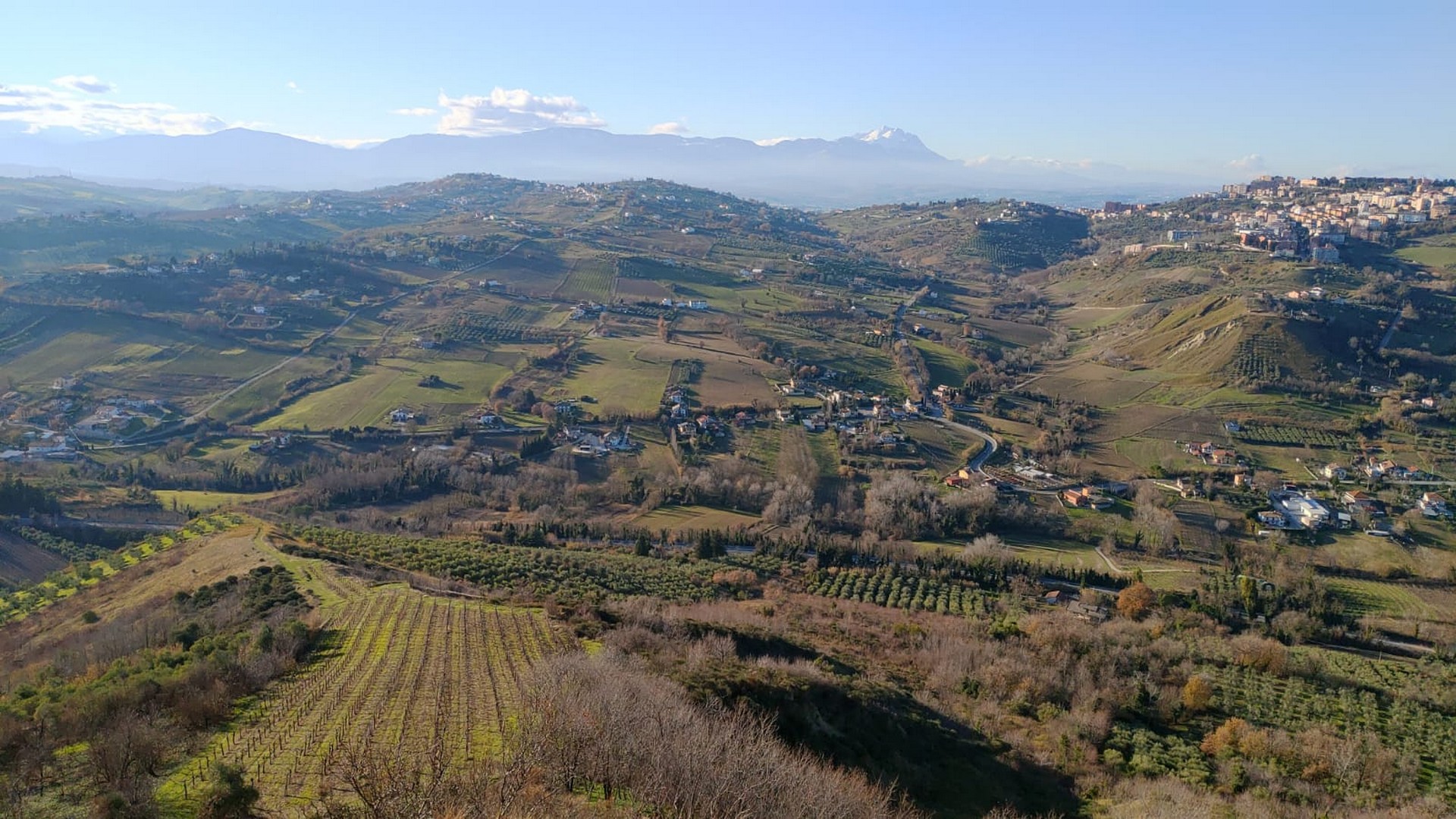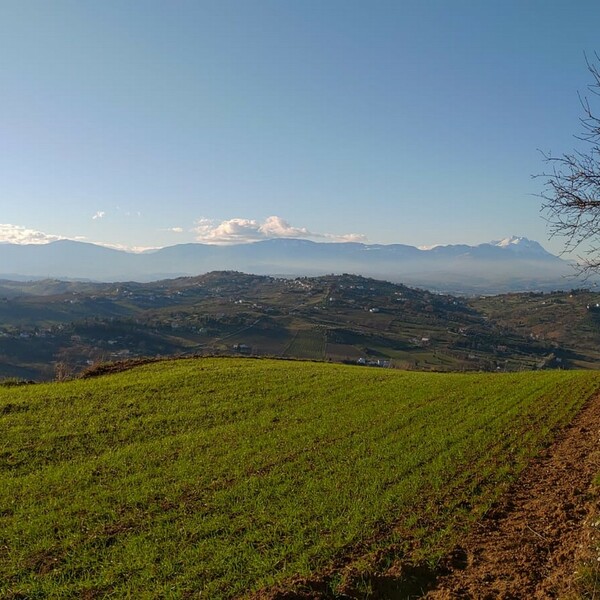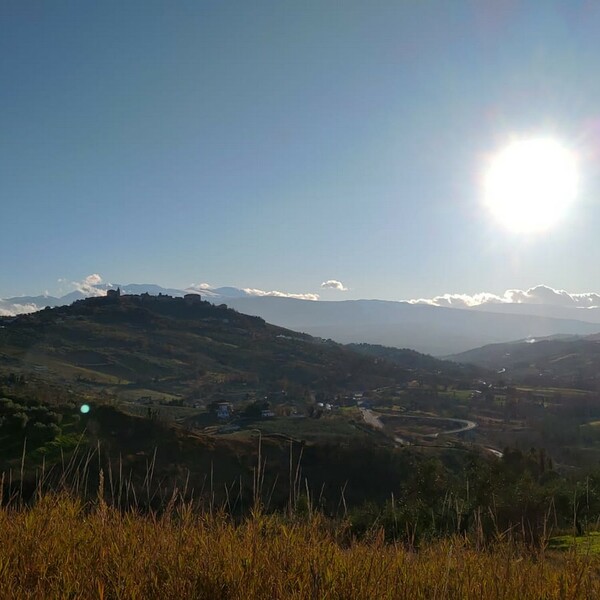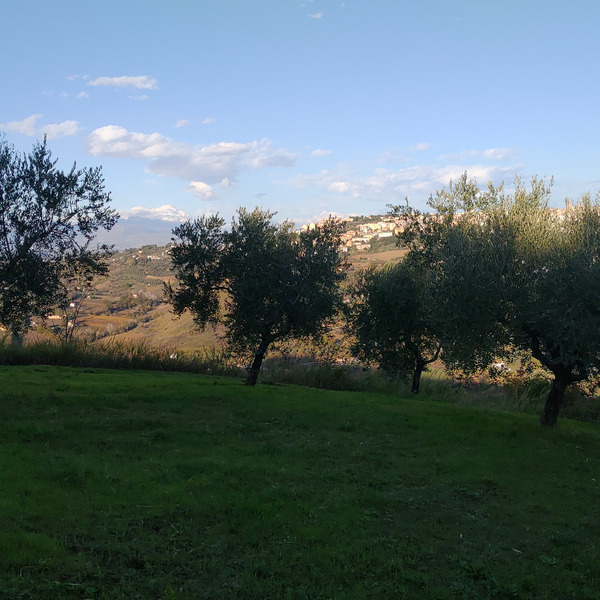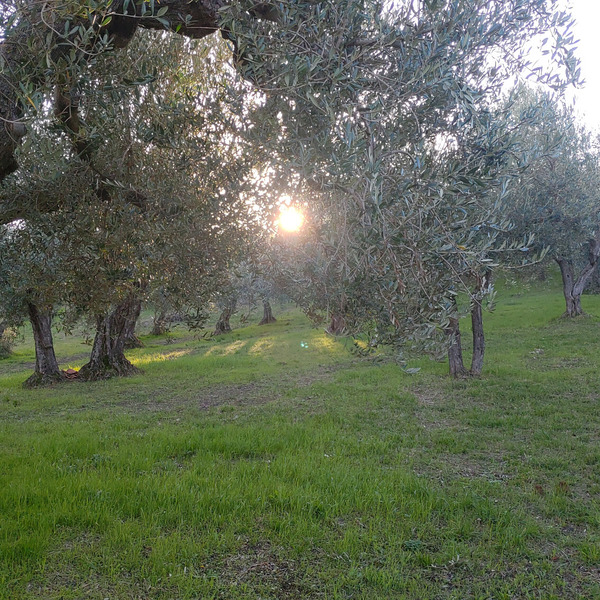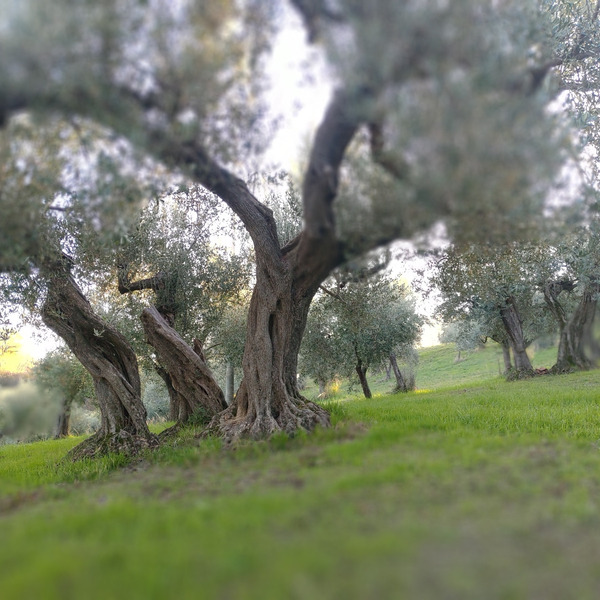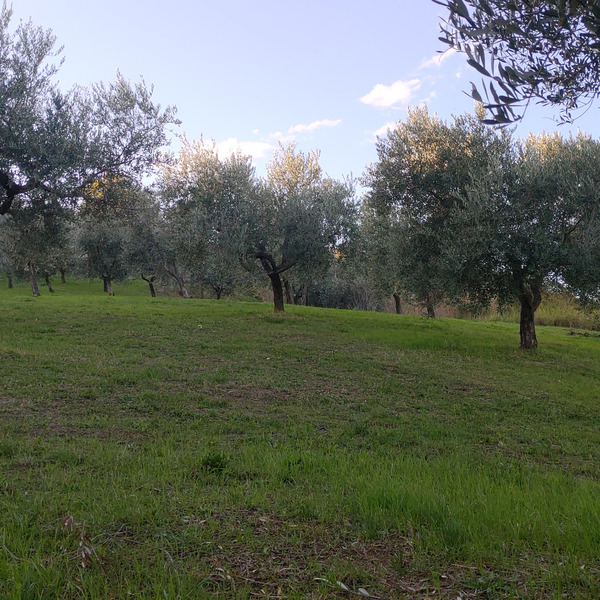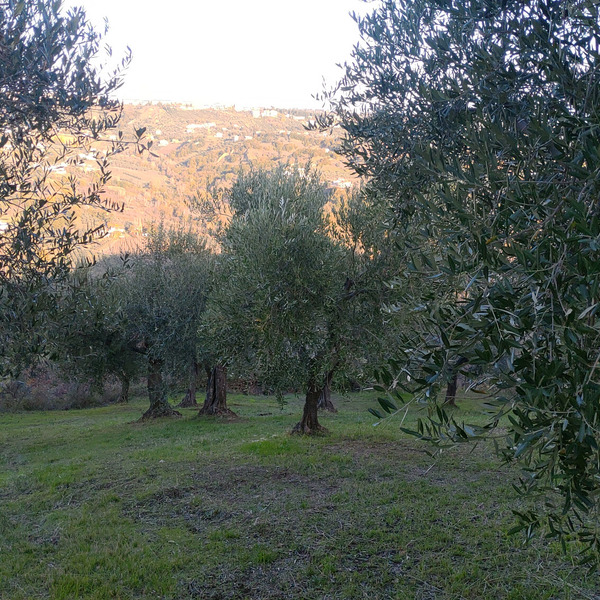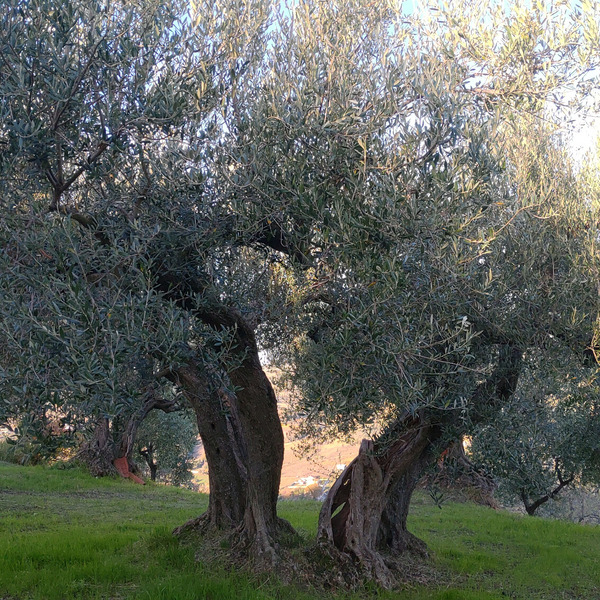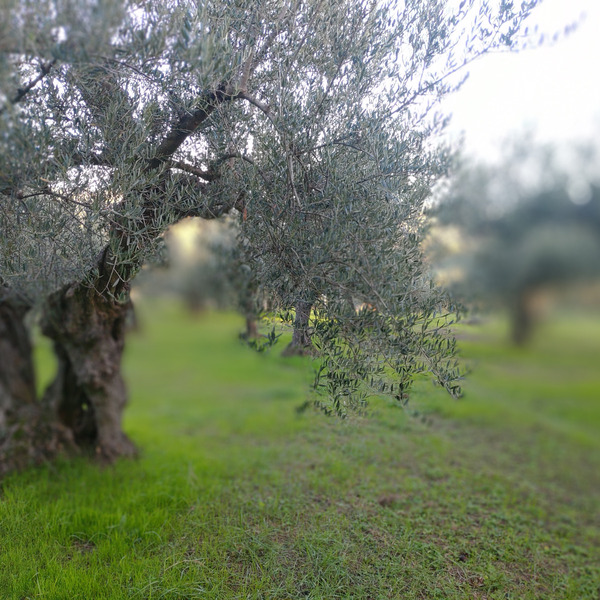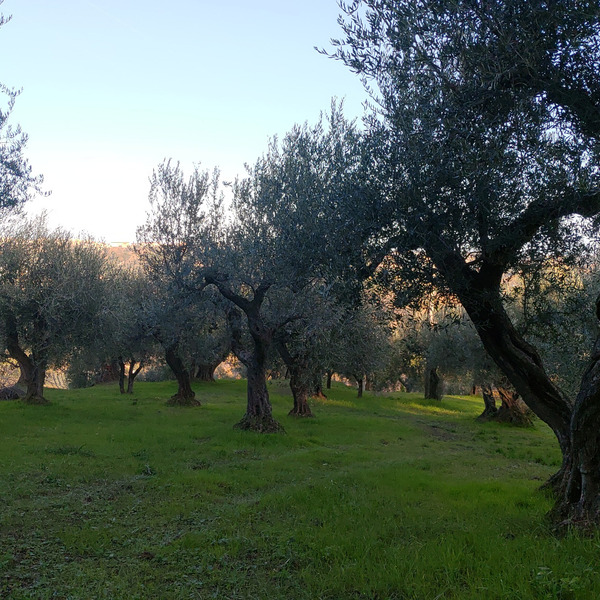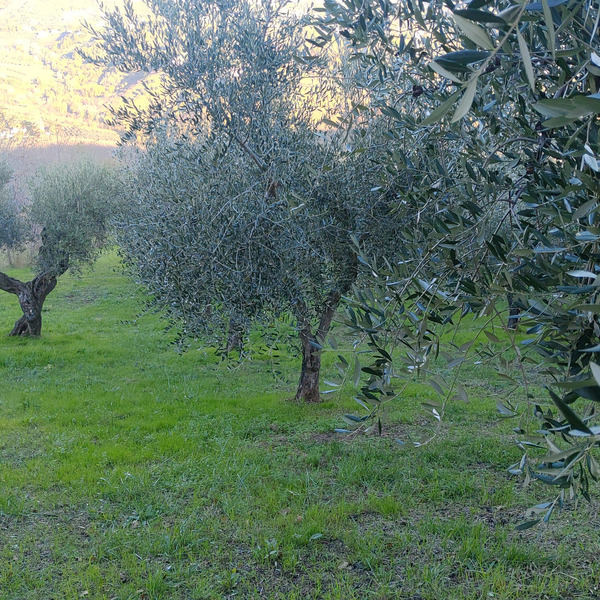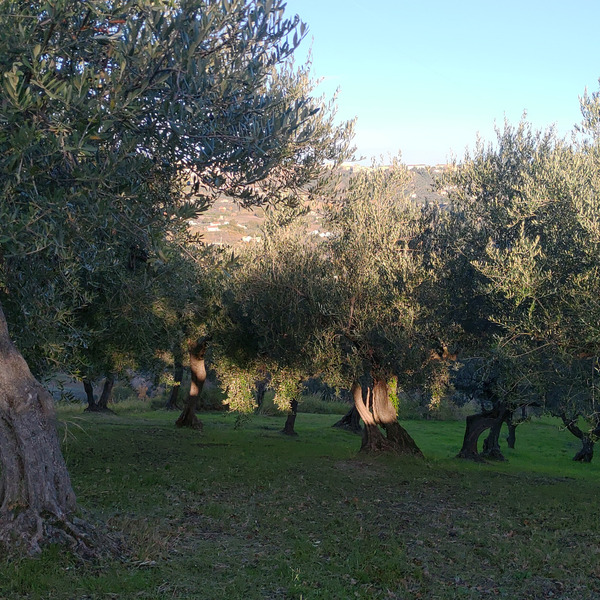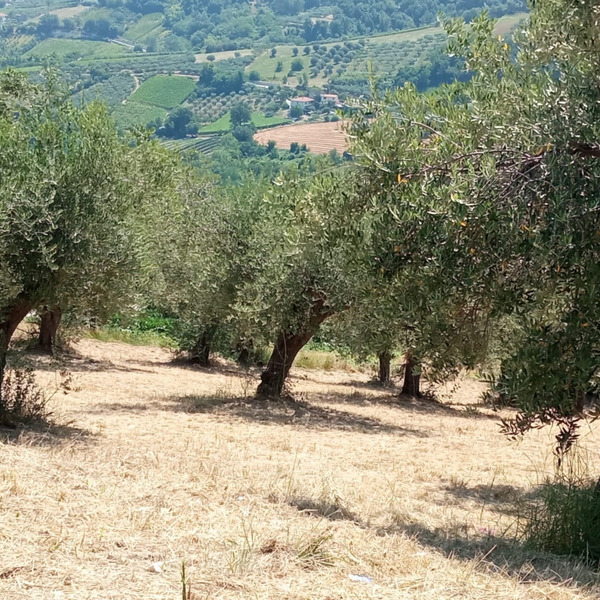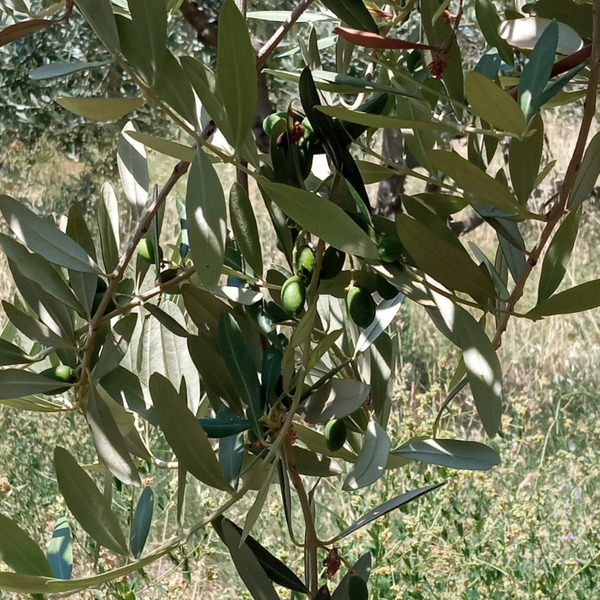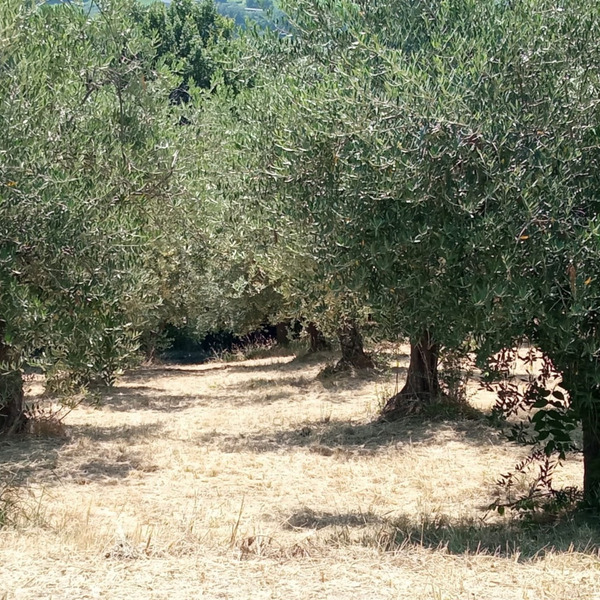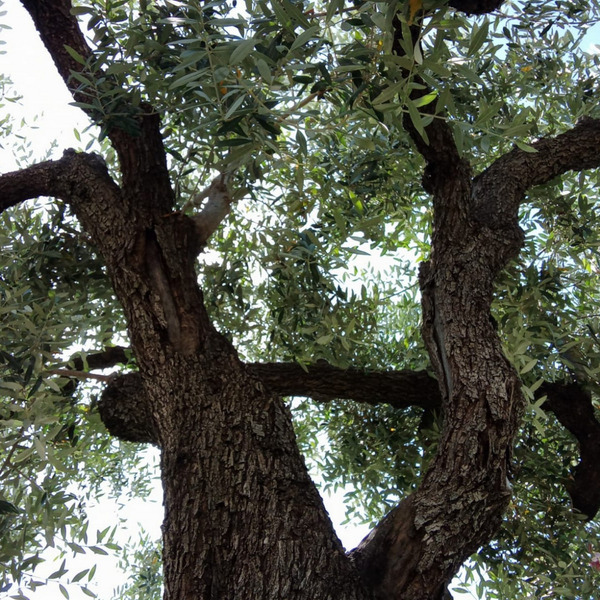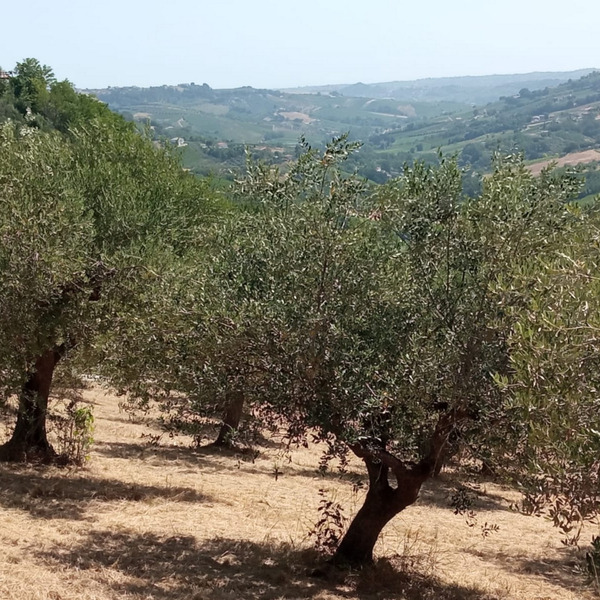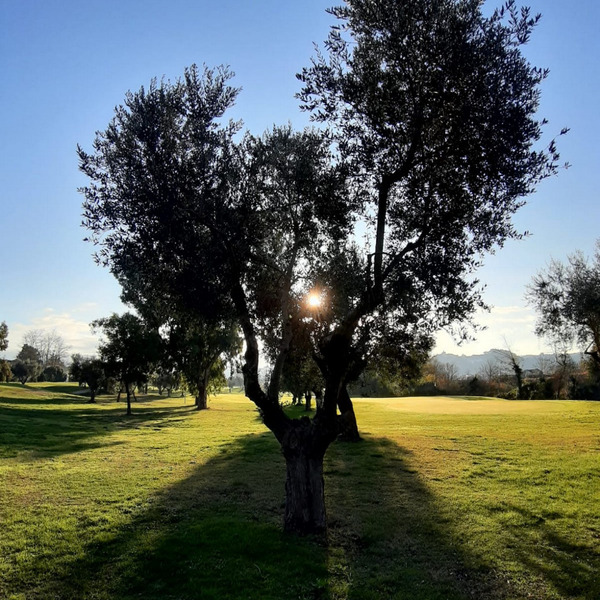Where we are
Territory

Olive growing and Oil Milling have a very ancient tradition in the Abruzzo region. The first records date back to the V century BC and the poet Virgil documented the rural life and the olive growing in the Marsica region writing "where lush olive tree groves skim over the lake Fucino".
Olive tree groves dominate the landscape for miles around the valleys of Majella and the variety of olives has arisen through selective cultivation over many centuries.
Olive growing and oil milling have very ancient tradition and reflect the unspoiled countryside, from the slopes of Gran Sasso mountain, to the coastline of Adriatic Sea, passing through the lush green hills of Chieti and valleys of Majella mountain.
Our cultivars and varieties of olive tree
The most commonly grown cultivars of the territory of Bucchianico and nearby areas are:
Gentile di Chieti, Dritta di Loreto, Intosso, Leccino. The local cultivars of Bucchianico are Olivastro and Cucco, which produce oils with very distinctive, sensory and nutritional properties: fruity taste reminiscent of fresh olives, herbaceous and almond notes.
Out of curiosity...
Greek civilation believed olive trees were a gift from the Gods and anyone caught while cutting or destroying them were sentenced to death or to exile.
The Romans were the first to classify the olive oil according to the quality of olives and to the process of extraction, thus the purity grade.
According to the Phoenician and Cretans evoo was a source of light with a double function: from the ritualistic to the more practical use of illuminating oil lamps.
In the Greek epic poem Odyssey, Homer narrates the story of the goddess Athena and the gift donated to Ulysses in order to recover from his injuries: a phiale of olive oil. Pliny the Elder dedicated an entire chapter of "Naturalis Historia" to the olive tree and its precious properties. (Ch.XVII)
The current extravirgin olive oil, during the Roman period would have been named "oleum ex albis ulivis" the finest olive oil.
